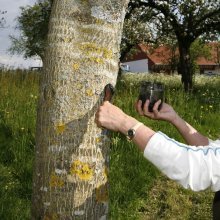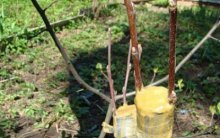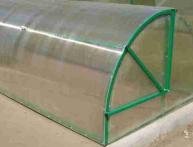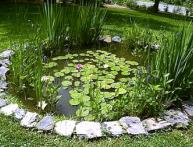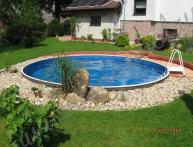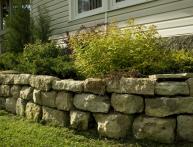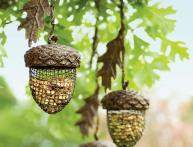Let's figure out how to make garden varnish with your own hands
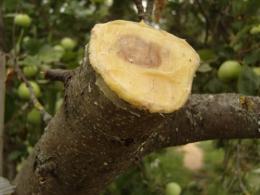
Garden pitch is a water-insoluble viscous substance intended for application to “wounds” (cuts) of trees. This mixture protects the cut area of a branch or tree trunk (or a wound affected by parasites or insects) from fungi and bacteria, prevents the leakage of juice, and protects against pests and insects.
Content:
Garden var: description and tips for use
The use of garden varnish is necessary to protect the wound after grafting, pruning, after damage caused by rodents and other pests and parasites, to avoid desiccation, fungi, rotting, cracking, and the appearance of parasites.
Typically, wounds on tree trunks are divided into the following types:
- Damage after pruning, removing branches or a section of a tree trunk
- Damage from wounds to a specific part of wood and bark
- Damage from wounds to a whole circle of wood and bark
- Cracks from broken tree branches
- Hollows - deep wounds
Treatment of wounds on a tree trunk is a multi-stage, complex biological process. In the process, a callus ring is formed, similar to a scar, which appears in the first summer, enlarges and grows over the following years until the moment when the wound is completely healed. Cambium cells, which make up the callus ring, heal the damaged area of the trunk.
Recipes and process for preparing garden varnish
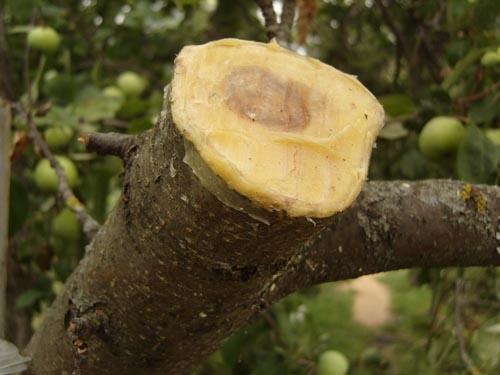
The following substances are usually used as a base for garden varnish:
- Bee products (propolis, wax)
- Fats consumed in food (sunflower, flaxseed, corn and other oils, lard) as well as alcohol
- By-products resulting from oil production (alcohol, resin, rosin)
- Medicines (medicinal alcohol)
- Mixtures used in agrotechnical field (Heteroauxin, ash obtained from the combustion of grape vines)
- Mixtures used in construction and automotive mixtures (solid oil, antifreeze, drying oil)
In general, garden varieties can be divided into two types:
- Thermofluid (var Zhukovsky, Pashkevich)
- Cold-resistant (var Reshetnikov, Gaug, Raevsky)
In order to make Zhukovsky's varus you will need: rosin, wax (preferably yellow), lamb or beef fat in a melted state. All components must be taken in equal proportions. First you need to melt the rosin, wax and fat in separate containers, pour everything into a tin container, stir well.
Next, you should wait until the mixture cools slightly and pour it into a bucket (or basin) with cold water. When the mixture has curled, you need to take it out and, kneading it in your hands, make a ball (“bun”) out of it. This mass should be kept in paper, pre-greased with oil. This brew is recommended process trees in the warm season, since it tends to harden in the cold. It is advisable to cover the wound site with a rag, since wasps and bees flock to this substance.
To prepare Pashkevich's ointment, you need to take yellow wax, turpentine, purified rosin, melted fat in a ratio of 4:4:2:1. First you need to melt the wax, gradually adding rosin and turpentine to it.When the mass is sufficiently melted, you need to pour the fat into it and stir until the mixture becomes homogeneous.
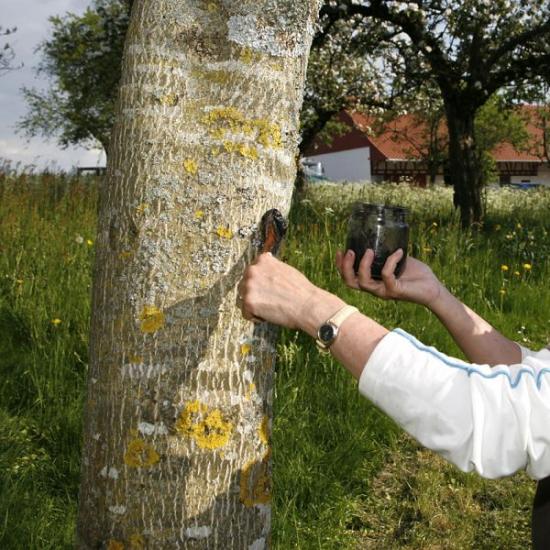
Next, the same procedure as with Zhukovsky’s pitch: cooling the mixture with cold water, forming small rolls of pitch with your hands, further storing in paper treated with oil. You need to apply the ointment in a thin layer on a piece of cotton fabric, and then tightly bandage the wounds on the trunk and branches of the tree with it.
To prepare Reshetnikov's ointment, you need to take fir resin, yellow (unbleached) wax and wine alcohol in a ratio of 10:1:1. The first step is to heat the resin and wax, stirring constantly, until the mixture becomes liquid. Next, you need to let the mixture cool slightly, then pour the heated wine alcohol into it.
This varnish is best applied with a brush. The advantage of this varnish is that it adheres closely to the wound and completely covers its entire surface. It does not dry out, does not form cracks, remains plastic and viscous regardless of temperature, and is waterproof.
This variety fights best against damage caused by rodents and circular wounds.
To make var Gauga, the following components are needed: pine resin (400 g), wine alcohol (60 ml), gum arabic (gum) (4 g), soda (1 tsp). First you need to heat the resin and alcohol, then dissolve the gum and soda in water. Now you need to mix it all, let it cool and apply it to the surface of the wounds with a brush.
To prepare Raevsky's varus, you need tree resin (0.5 kg), alcohol (60 ml), linseed oil (2 tbsp.). The resin and alcohol need to be heated, then mixed and oil added to them. The resulting mass should be poured into a tin can and closed with a lid. This way it will remain semi-liquid.
Tip: before the mixture of homemade garden varnish hardens, pour heteroauxin crushed into powder into it at a rate of 1 tablet per 1 kg of mixture. This little trick will help speed up the healing process on tree trunks and branches.
The varnish is prepared correctly if, when working with it, it is applied without difficulty, if it is sticky, does not dry out, does not begin to spread in hot weather, and does not crack in the cold season.
Nowadays, of course, you can buy an industrial garden varnish and no less successfully heal wounds on trees. But old perennial recipes, developed by gardeners, still work better on garden country trees. They heal wounds faster, prevent parasites from appearing on the tree, thereby prolonging the life of your garden and making it more beautiful and lush.
Also, many amateur gardeners enjoy the process of preparing garden varnish. When using these mixtures, you can analyze for yourself and, based on your own observations, draw a conclusion which particular variety is suitable for certain trees, taking into account the climate, tree type, artificial care for them (additional watering, fertilizer).
Video about the properties and subtleties of using garden varnish:
Interesting information about the vegetable garden

